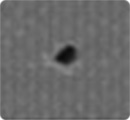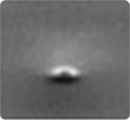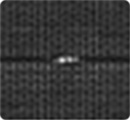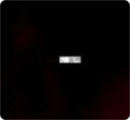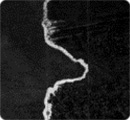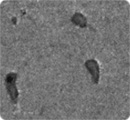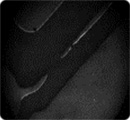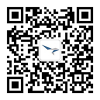PCB
The visual inspection system is an important equipment for improving PCB production capacity and product yield. The system can be deployed in the middle of the production line to inspect semi-finished products online without affecting production capacity. As the design of PCB circuit boards continues to develop in the direction of refinement, complexity, diversification, and high integration, and the scale of production continues to increase, visual inspection systems have become a high proportion of the necessary investment in the PCB manufacturing process.
The visual inspection system can detect CCL copper foil substrate, electronic glass fiber cloth, PP sheet, copper foil, electrolytic copper foil, PI film and other materials in the PCB industry. The following takes CCL copper foil substrate and PP sheet as examples to explain the detection difficulties and targeted solutions in detail.
CCL copper foil substrate defect detection
Apogee Technology has accumulated rich experience in the field of CCL defect detection, and has in-depth research on the causes of defects. It can accurately trace the source of process problems and facilitate customers to stop losses in time.
CCL has a variety of raw materials, and the production process is complex and has extremely high requirements on the production environment. A variety of reasons can lead to finished product defects, such as raw material defects, cutting size errors, dust and oil stains in the manufacturing process, uneven stacking of multi-layer raw materials before hot pressing, etc. The above factors will affect the quality of PCB finished products. The testing system can perform fully automated testing for customer CCL finished products.
(1) The surface dust removal device can effectively prevent incoming materials from being contaminated with dust.
(2) For approximate defects with the same gray value range, the "Intelligent Classifier" software is based on the defect sample database accumulated by the company for a long time, combined with traditional algorithms, and introduces new technologies of artificial intelligence and big data to complete accurate classification.
(3) The defect data is detailed, and multi-dimensional reports can be output according to customized requirements, such as trend analysis of different types of defects in hot-pressing furnaces, statistics of various types of defects in each piece, etc.
(4) The testing equipment is automatically connected with the production system, which can automatically start the testing and automatically import information such as the hot press furnace, incoming material number and process during the testing process.
PP sheet defect detection
Surface defects of PP sheets will have a certain impact on CCL and PCB finished products and even lead to scrap. Common defects and their consequences are detailed below.
(1) Black spots/foreign objects are common defects of PP sheets, which can lead to short circuit of PCB.
(2) Yellow bars/black bars affect the appearance of the substrate.
(3) Oil pollution will cause the CCL to foam and degrade, resulting in PCB degradation or scrapping.
(4) The colloidal particles are easy to cause bright spots and bright concave defects of the substrate.
(5) Lack of yarn and wrinkles easily lead to PP damage, breakage, or the formation of obvious wrinkles on the surface of CCL.
(6) Uneven glue content and lack of glue can easily cause uneven thickness of the board and obvious wrinkles on the substrate.
(7) Pinholes cause poor workpiece surface.
With years of practice and exploration, the company has put forward targeted solutions for PP sheet defect detection. High-quality imaging and accurate classification are the "touchstones" of inspection defect detection technology. In the process of PP film inspection, smart cameras are generally deployed on the front and back, with special lighting methods, and "smart classifier" blessing, such as "pinhole" and other difficult-to-detect defects have nowhere to hide, effectively avoid Missed detection of defects.
